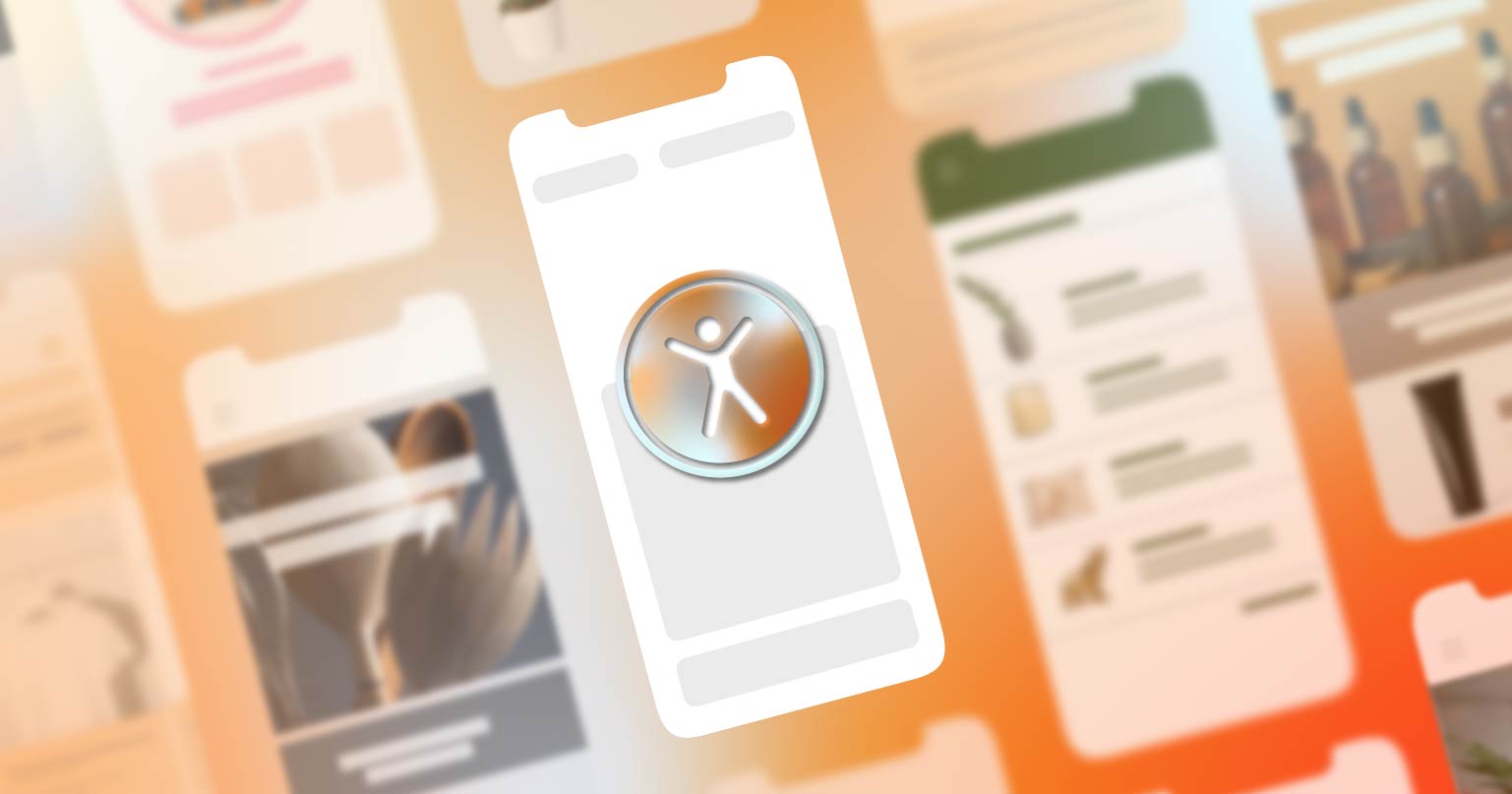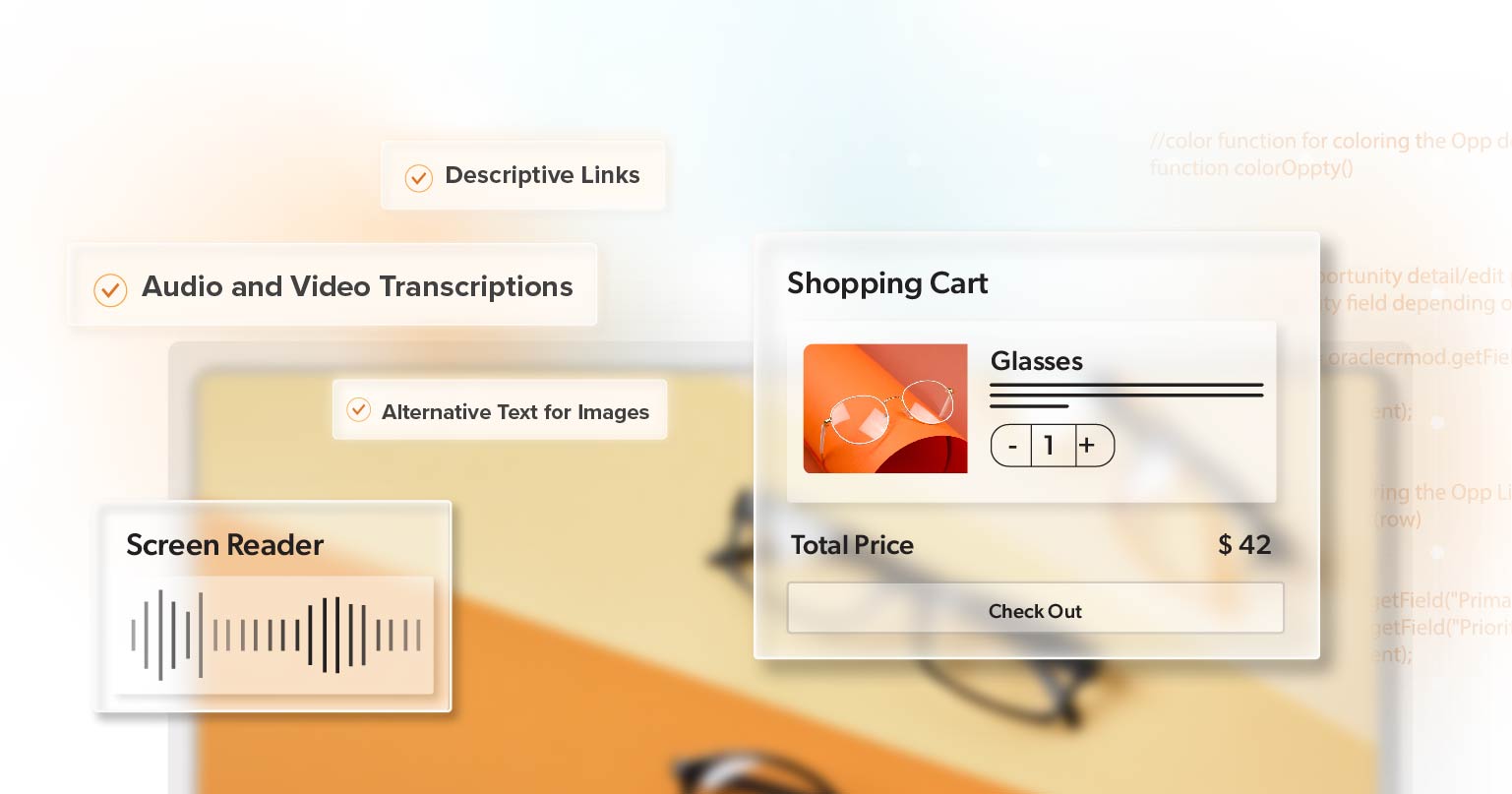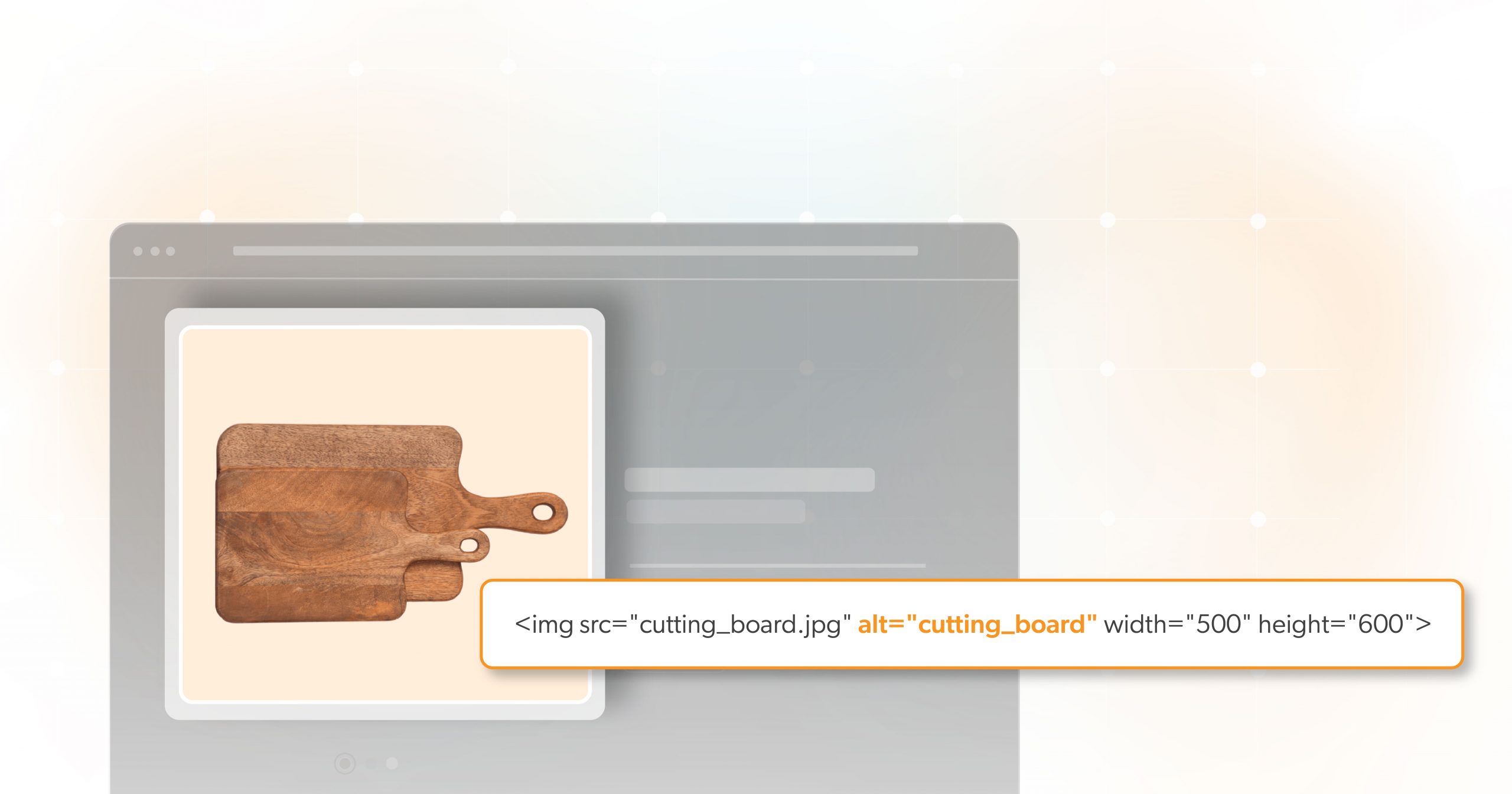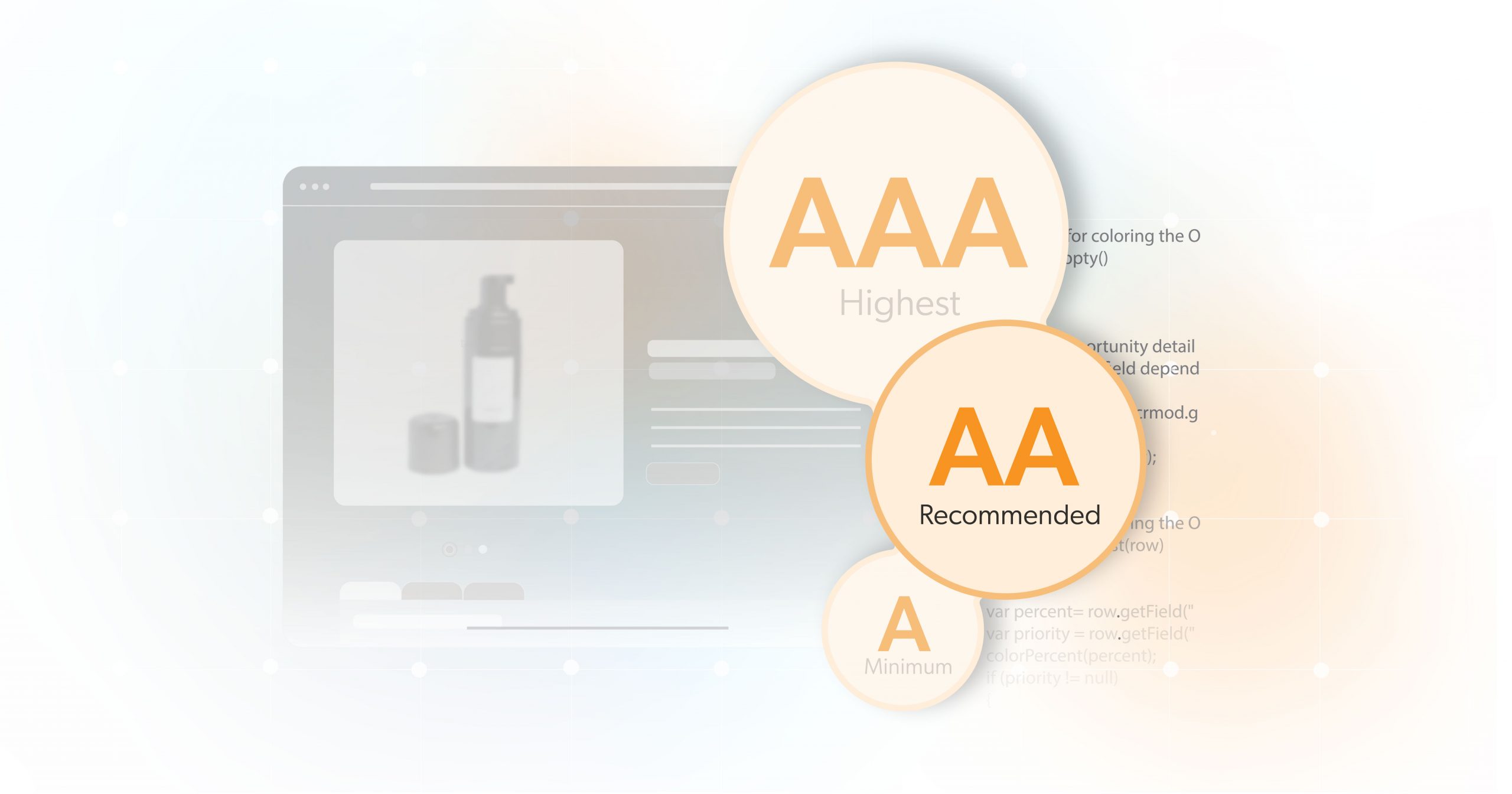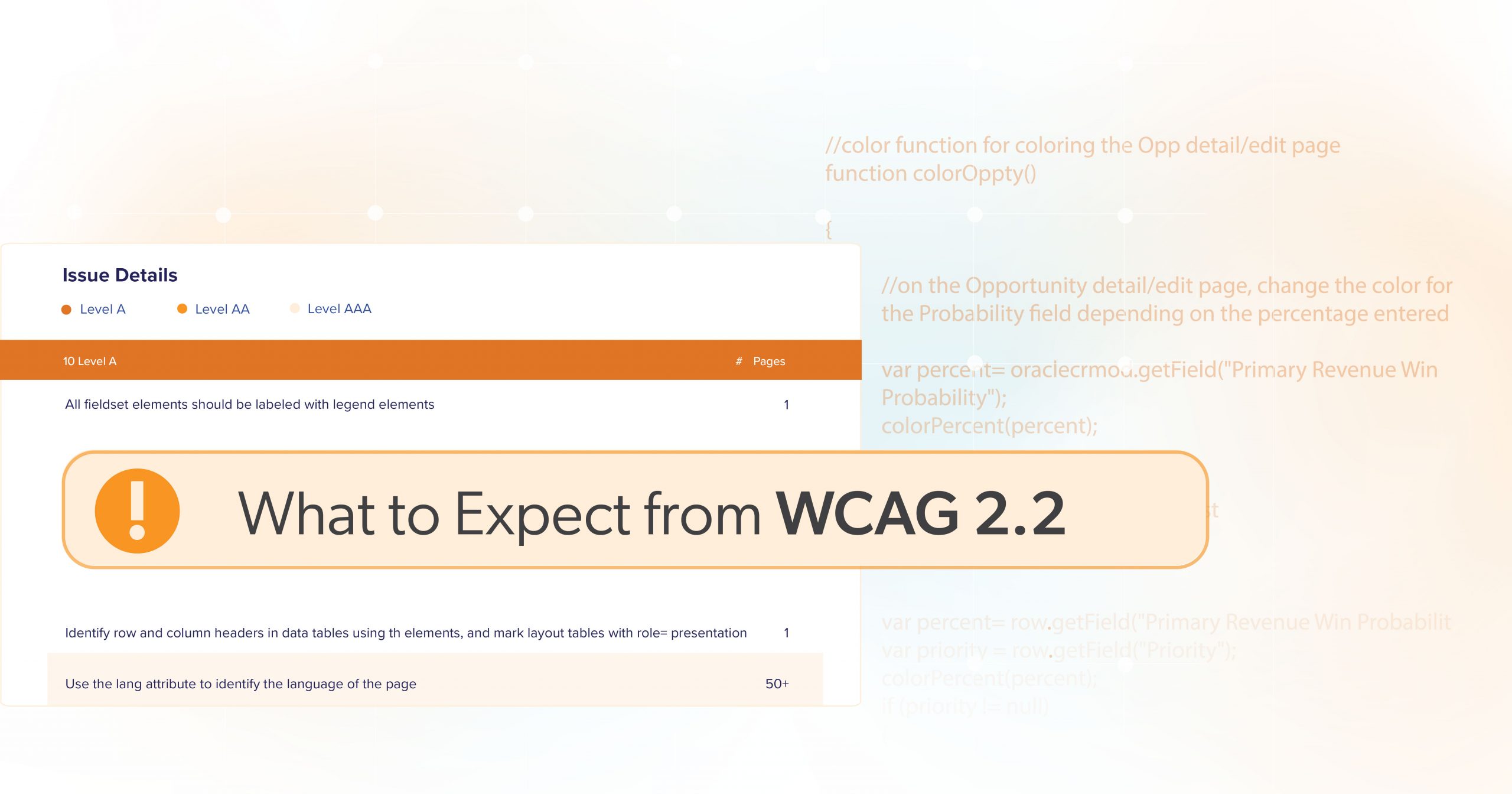The Americans with Disabilities Act (ADA) requires businesses to make their websites accessible to everyone, including people with disabilities. When websites fail to meet accessibility standards, they risk facing lawsuits. In recent years, ADA lawsuits related to digital accessibility have surged, with businesses large and small getting sued for non-compliance. But what exactly are the most common issues that lead to these lawsuits?
This article will highlight the most common web accessibility barriers that lead to ADA lawsuits and provide real-world examples of lawsuits related to these issues.
1. Missing Alt Text
Alt text, or alternative text, provides a written description of an image on a webpage. Screen readers, which visually impaired users use to navigate the internet, read this description aloud.Without alt text, users with visual impairments have no way of knowing what an image represents.
For example, if a website has an image of a product for sale, the alt text might say, “Red shoe, size 8.” Without this text, screen reader users won’t know what the image shows, making it difficult to interact with the website.
Missing or incorrect alt text is one of the most common reasons for ADA lawsuits. Many businesses overlook this small but important step, leaving essential images without descriptions.
WCAG 2.1 Guideline: 1.1.1 – Non-text Content
All non-text content, such as images, must have a text alternative that serves the same purpose.
Example ADA Lawsuit: Fox News Network LLC
Fox News Network LLC was sued because its website didn’t provide proper alt text for many images. Luc Burbon, a visually impaired user, relied on screen readers to browse the internet. When trying to navigate Fox News’ website, he encountered images without alt text, leaving him unable to understand key content. The court agreed with Burbon, emphasizing that websites must be accessible to everyone, including people with disabilities.
2. Non-Descriptive Interactive Elements
Interactive elements, like buttons and links, are crucial for navigating a website. However, if these elements aren’t appropriately labeled, users who rely on screen readers won’t know what a button or link does. This leads to confusion, frustration, and can make essential parts of the website inaccessible to users with disabilities.
For example, a button labeled “Click Here” without explaining what it does will leave screen reader users guessing, especially if there’s more than one on a page. Adding contextually relevant content to the visual or accessible label, such as “Click here to learn more about our coffee” will differentiate the element while also giving users additional context.
WCAG 2.1 Guideline: 4.1.2 – Name, Role, Value
Interactive elements should have clear labels that explain their purpose.
Example ADA Lawsuit: NIKE, Inc.
Maria Mendizabal filed a class-action lawsuit against Nike, claiming that the website had many links that were either redundant or completely empty. Users with visual impairments couldn’t understand the purpose of these links, making it challenging to navigate the site. This lawsuit demonstrates the importance of appropriately labeling interactive elements so everyone can understand them.
3. Lack of Keyboard Navigation
Many users with disabilities rely on keyboards to navigate websites, especially those who can’t use a mouse. If a website doesn’t allow for keyboard-only navigation, or if drop-down menus can’t be accessed with a keyboard, it becomes unusable for people with mobility impairments.
For example, if a menu only opens when hovered over with a mouse, someone using only a keyboard won’t be able to open it, blocking their access to critical sections of the site.
WCAG 2.1 Guideline: 2.1.1 – Keyboard
All functionality should be accessible using a keyboard.
Example ADA Lawsuit: Parkwood Entertainment LLC
In 2019, a lawsuit accused Parkwood Entertainment because Beyoncé’s official website, Beyonce.com, did not provide accessibility for users relying on screen readers.. Mary Conner, the visually impaired plaintiff, couldn’t navigate the drop-down menus using her keyboard. This prevented her from accessing important content and services, leading to a lawsuit.
4. Inaccessible Forms
Forms are commonly used on websites—for everything from signing up for newsletters to making purchases. However, forms that are difficult for people with disabilities to fill out can create barriers. Missing labels on form fields, unclear error messages, or forms that don’t work with keyboard navigation are common accessibility issues that lead to lawsuits.
For instance, if a form field asks for a phone number but doesn’t have a proper label, a screen reader user won’t know what to enter. Or, if an error message isn’t clear about what went wrong, visually impaired users won’t be able to correct their mistakes.
WCAG 2.1 Guideline: 3.3.2 – Labels or Instructions
Ensure input fields have proper labels and instructions so users know what information is required.
Example ADA Lawsuit: H&R Block Lawsuit
A notable example of this issue is the lawsuit involving the National Federation of the Blind and H&R Block. In this case, visually impaired users discovered that H&R Block’s website did not correctly label the forms. When these users tried to input their contact information or create an account, they struggled because the screen readers failed to indicate what information they needed or where to enter it.
5. Inaccessible Pop-Ups and Modals
Pop-ups and modals (dialog boxes that appear on top of a page) are common features on websites for everything from newsletter sign-ups to product promotions. However, if they are not designed with accessibility in mind, they can disrupt the user’s experience.
Pop-ups cause confusion if they appear without warning or if users can’t close them using a keyboard. Users relying on screen readers or assistive devices may not even know that a pop-up has appeared, making it impossible for them to continue interacting with the page.
WCAG 2.1 Guideline: 1.3.1 – Info and Relationships
When new content, like a pop-up, appears on the screen, announce it to the user and explain how it connects to the rest of the website.
Example ADA Lawsuit: Five Guys Enterprises
In a lawsuit against Five Guys, a visually impaired customer couldn’t complete an online order because an inaccessible pop-up appeared when trying to add fries to her cart. Her screen reader didn’t recognize the pop-up, making it impossible for her to finish the purchase. This case highlights the importance of making pop-ups accessible to everyone.
How to Avoid ADA Lawsuits
Avoiding ADA lawsuits starts with a proactive approach to web accessibility. Making your website accessible is not only a legal obligation but also an opportunity to provide a better user experience for all visitors, regardless of ability. Here are key steps you can take to avoid common accessibility pitfalls:
- Understand Web Accessibility Guidelines: The Web Content Accessibility Guidelines (WCAG) are a set of standards designed to make web content more accessible. Familiarize yourself with these guidelines to understand what needs to be done. They cover aspects like text readability, alternative text for images, and keyboard navigation.
- Conduct a Website Audit: Regularly audit your website for accessibility issues. There are tools available online that can help you identify problems, such as missing alt text for images or issues with color contrast. Consulting with a specialist firm like 216digital to conduct a thorough audit can also be a wise investment.
- Implement Ongoing Training: Train your staff, especially those involved in website management and content creation, about web accessibility. This helps create a culture of inclusivity and ensures that accessibility remains a priority.
- Stay Informed and Up-to-Date: Web accessibility standards and best practices can evolve over time. Stay iCompliance is not a one-time task. 216digital’s a11y.Radar service provides ongoing monitoring. It detects any new accessibility issues that may arise over time. This proactive approach helps prevent potential violations before they lead to costly lawsuits.”
Conclusion
Making sure your website is ADA-compliant is not just about avoiding lawsuits—it’s about ensuring that everyone, no matter their abilities, can access and enjoy your content. With the rise in ADA lawsuits, it’s more important than ever to take a proactive approach to web accessibility. Whether it’s fixing missing alt text or ensuring keyboard navigation, addressing these common issues can save your business time and money in the long run.
If you’re unsure where to start or need help maintaining compliance, 216digital is here to help. Through our years of experience analyzing these cases, we understand how ADA non-compliance lawsuit firms identify their targets. We can help you protect your business from these risks. At 216digital, we will develop a strategy to integrate WCAG 2.1 compliance into your development roadmap. This will allow you to focus on other tasks on your to-do list.
So don’t wait any longer; find out where you stand by scheduling a complementary ADA strategy briefing today.

